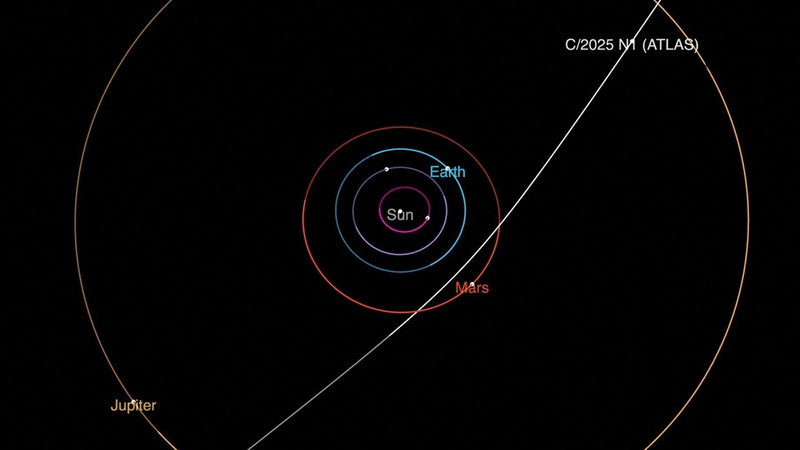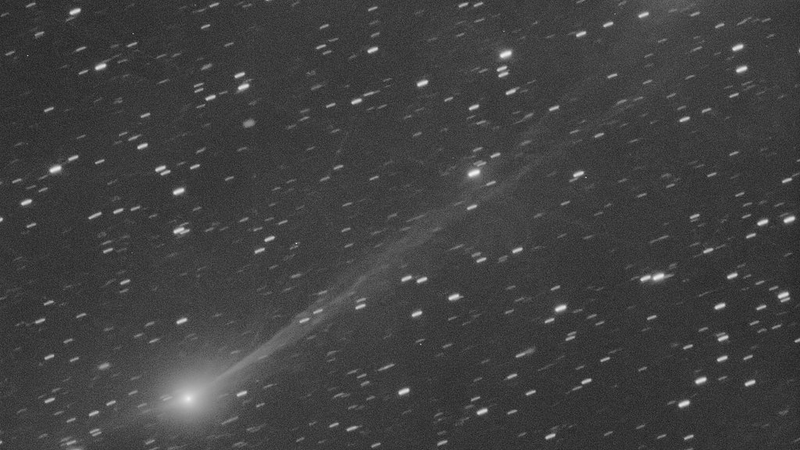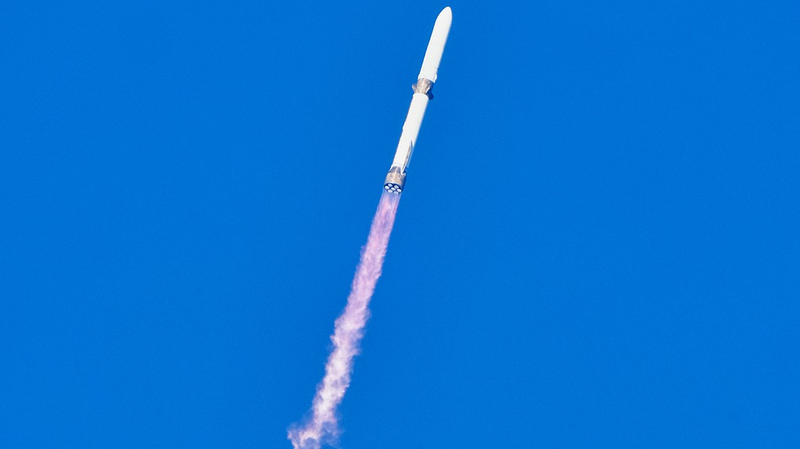Earlier this week, astronomers witnessed a rare cosmic guest: comet 3I/ATLAS, the third interstellar object ever observed visiting our solar system. Spotted by NASA's ATLAS telescope in Chile, this icy wanderer is already turning heads with its speed and size.
Hailing from beyond our planetary neighborhood, 3I/ATLAS is racing toward the sun at about 60 kilometers per second. Currently some 670 million kilometers from Earth, the comet resembles its 2019 cousin, 2I/Borisov, but stands out as potentially much larger—nearly 10 kilometers wide.
Larry Denneau, University of Hawaii astronomer and ATLAS co-principal investigator, says they are just at the starting line: beyond the initial data, many questions remain. Teams worldwide are deploying larger telescopes to decode its icy core, map its composition, and track changes in its coma—the hazy cloud of gas and dust enveloping the nucleus.
Later this year, as 3I/ATLAS swings inside Mars's orbit, its coma and tail could brighten dramatically. Though it poses no threat to Earth—it won't come closer than 240 million kilometers—this is a once-in-a-lifetime show for scientists and space enthusiasts.
From data sheets to stargazing apps, this interstellar visitor reminds us how connected we are to the galaxy's vast expanse—and 3I/ATLAS is writing a new chapter in our cosmic story.
Reference(s):
Newly found comet is 3rd interstellar object seen in our solar system
cgtn.com




